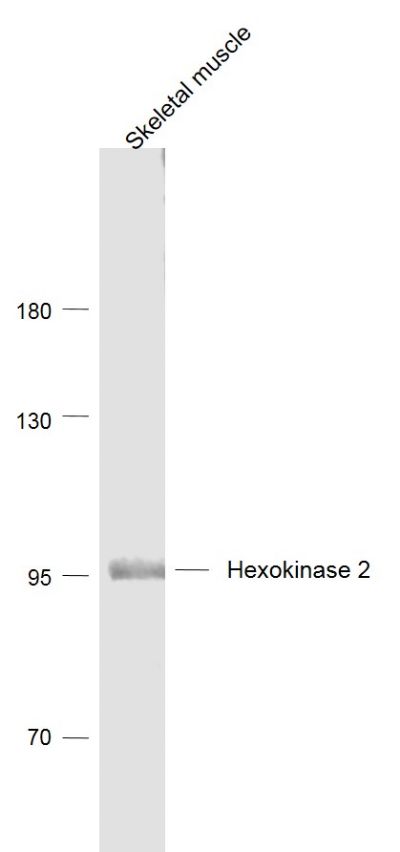Specific References (3) | SL3993R has been referenced in 3 publications.
[IF=2.314] Che H et al. circ_0080145 Enhances Imatinib Resistance of Chronic Myeloid Leukemia by Regulating miR-326/PPFIA1 Axis. Cancer Biother Radiopharm. 2020 Jun 27. WB ; Human.
[IF=2.754] Wu, Guoxian. et al. Circ-RNF111 aggravates the malignancy of gastric cancer through miR-876-3p-dependent regulation of KLF12. World J Surg Oncol. 2021 Dec;19(1):1-12 WB ; Human.
[IF=2.314] Hong Cheet al. circ_0080145 Enhances Imatinib Resistance of Chronic Myeloid Leukemia by Regulating miR-326/PPFIA1 Axis. Cancer Biother Radiopharm
. 2020 Jun 27. WB ; Human.
